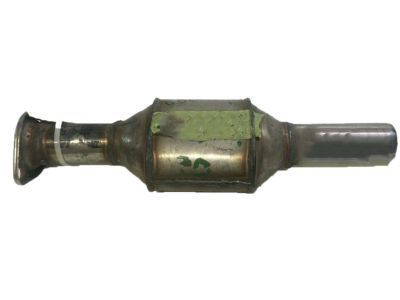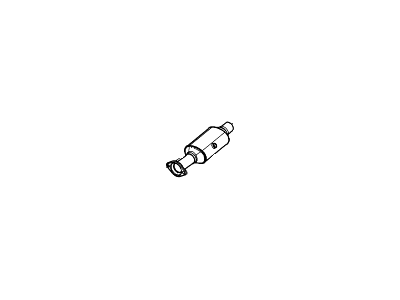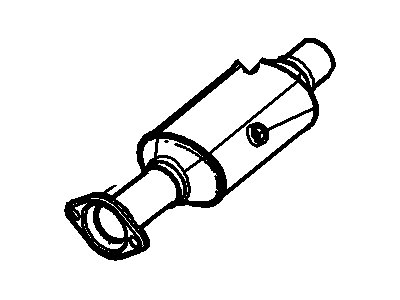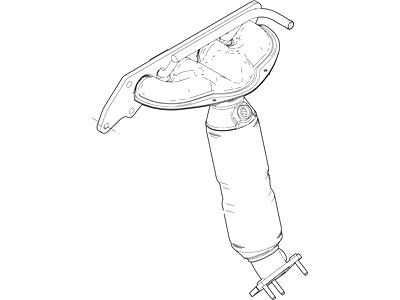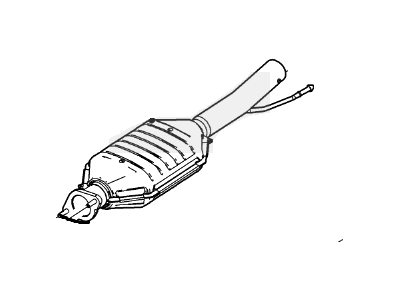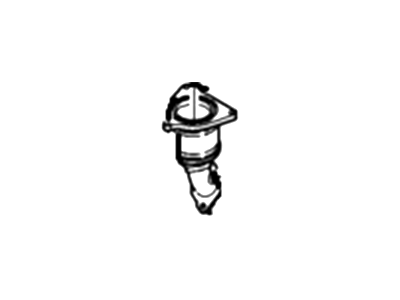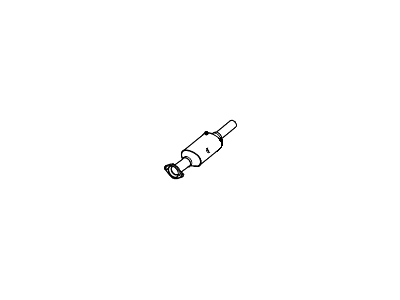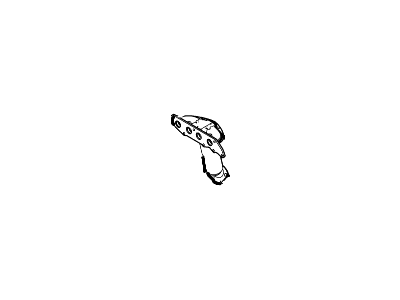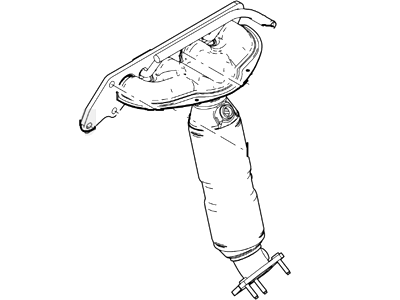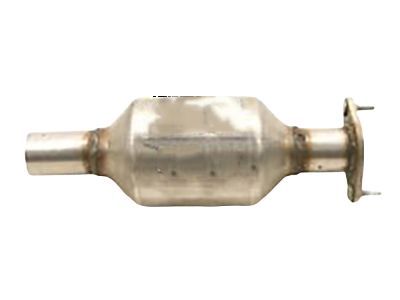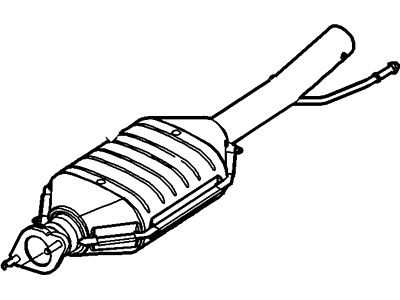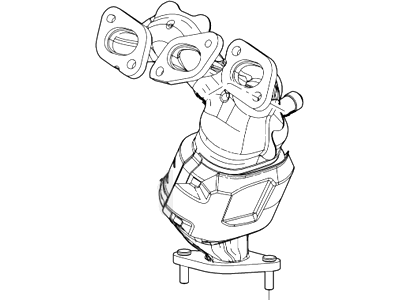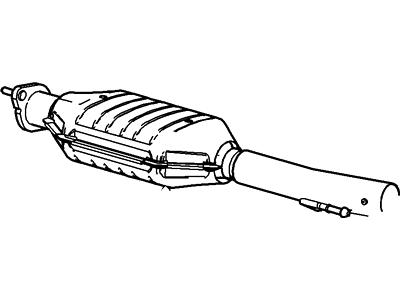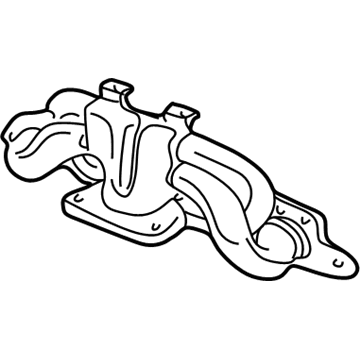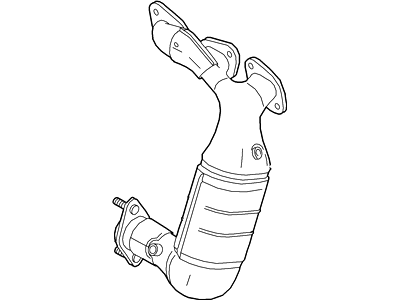

My Garage
My Account
Cart
Genuine Mercury Mariner Catalytic Converter
Cat. Converter- Select Vehicle by Model
- Select Vehicle by VIN
Select Vehicle by Model
orMake
Model
Year
Select Vehicle by VIN
For the most accurate results, select vehicle by your VIN (Vehicle Identification Number).
37 Catalytic Converters found
Mercury Mariner Catalytic Converter
Part Number: AL8Z-5E212-H$294.00 MSRP: $380.29You Save: $86.29 (23%)Mercury Mariner Catalytic Converter Assembly
Part Number: AL8Z-5E212-G$871.58 MSRP: $1177.14You Save: $305.56 (26%)Ships in 1-3 Business DaysMercury Mariner Exhaust Manifold Assembly
Part Number: 5M6Z-5G232-A$1307.04 MSRP: $1741.79You Save: $434.75 (25%)Ships in 1-3 Business DaysMercury Mariner Catalytic Converter Assembly
Part Number: 6M6Z-5E212-A$747.13 MSRP: $1037.89You Save: $290.76 (29%)Ships in 1-3 Business DaysMercury Mariner Catalytic Converter Assembly
Part Number: AL8Z-5E212-B$490.99 MSRP: $515.71You Save: $24.72 (5%)Mercury Mariner Catalytic Converter Assembly
Part Number: BL8Z-5E212-A$973.92 MSRP: $1228.86You Save: $254.94 (21%)Ships in 1-3 Business DaysMercury Mariner Exhaust Manifold Assembly
Part Number: 9M6Z-5G232-A$1307.04 MSRP: $1741.79You Save: $434.75 (25%)Ships in 1-3 Business DaysMercury Mariner Exhaust Manifold Assembly
Part Number: 5M6Z-5G232-BB$1307.04 MSRP: $1741.79You Save: $434.75 (25%)Ships in 1-3 Business DaysMercury Mariner Catalytic Converter Assembly
Part Number: 9L8Z-5E212-D$1709.43 MSRP: $2167.00You Save: $457.57 (22%)Mercury Mariner Exhaust Manifold Assembly
Part Number: AM6Z-5G232-A$1307.04 MSRP: $1741.79You Save: $434.75 (25%)
| Page 1 of 2 |Next >
1-20 of 37 Results
Mercury Mariner Catalytic Converter
We provide a wide range of Mercury Mariner Catalytic Converter at the best prices possible. If you need Mercury Mariner Catalytic Converter, you can shop with confidence on our website. All our OEM parts come with a manufacturer's warranty and are delivered to your door step with a fast delivery service.
Mercury Mariner Catalytic Converter Parts Questions & Experts Answers
- Q: What is the general description and function of a catalytic converter on Mercury Mariner?A:Because of a Federally-mandated extended warranty covering emission-related components such as the catalytic converter, it is advisable to check with a dealer service department before replacing the converter at your own expense. A catalytic converter is an emission control device in the exhaust system that reduces certain pollutants in the exhaust gas stream, with two types available: an oxidation catalyst that reduces hydrocarbons and carbon monoxide, and a reduction catalyst that reduces oxides of nitrogen. Models equipped with three-way catalysts can reduce all three pollutants. The test equipment for diagnosing a catalytic converter is expensive, so if malfunction is suspected, it is best to take the vehicle to a dealer or authorized emission inspection facility. When servicing underbody components, inspect the converter for leaks, corrosion, dents, and other damage, paying close attention to the welds and flange bolts that attach it to the exhaust system; any noted damage warrants replacement of the converter. Although catalytic converters are generally durable, they can become clogged or plugged. To check for a restricted converter, connect a vacuum gauge to an intake manifold vacuum source, warm the engine to operating temperature, place the transaxle in Park or Neutral, and apply the parking brake. Record the vacuum reading at idle, then quickly open and close the throttle, noting the vacuum reading after each test. If the fourth reading is more than one in-Hg lower than the idle reading, the exhaust system may be restricted, indicating a potential blockage in the catalytic converter or other exhaust components.
